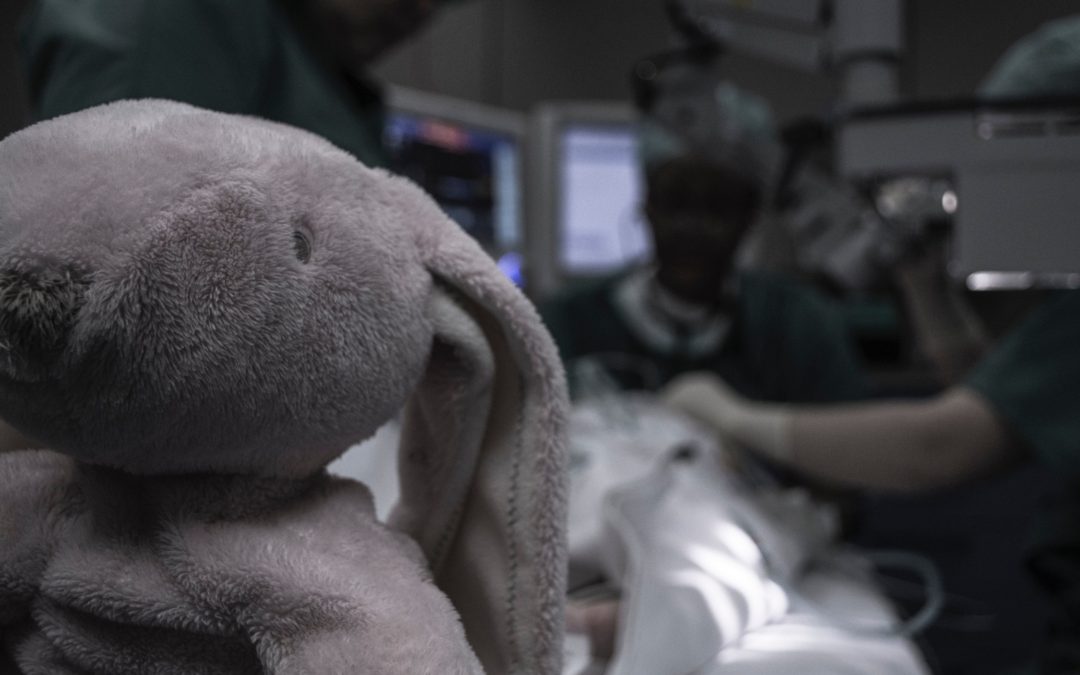A group of 24 clinicians from 14 countries gathered at the beginning of March for an annual St. Jude Global…
A group of 24 clinicians from 14 countries gathered at the beginning of March for an annual St. Jude Global course on infection care and prevention, adjusting their final two days to focus on the novel coronavirus, which had been bubbling up since December.
As they shared best practices and examined the latest information on the virus’ impact on their young patients, an idea formed to provide a platform that would educate and connect health care providers around the world to share how the COVID-19 disease affects the treatment of children with cancer.
Thus, the Global COVID-19 Observatory and Resource Center for Childhood Cancer was created as a global pediatric cancer and COVID-19 registry, resource and collaboration space. So far, close to 300 providers from multiple countries, including Italy, Spain and China, have connected to the platform since its launch mid-April, Dr. Carlos Rodriguez-Galindo, director of St. Jude Global, tells U.S. News.
“We have observed in our conversations with colleagues from around the world that it is giving us major disruptions, and that children will die or have died, not because of the infection but because of how COVID-19 has affected their (health care) services,” Rodriguez-Galindo says.
Rodriguez-Galindo recently spoke with U.S. News about the platform. The interview has been edited for length and clarity.
Tell us about this new global resource center.
Our global resource center launched in response to the global challenge. We all are trying to find the right answers to so many questions surrounding coronavirus that are happening right now in the U.S., as in Europe and New York, many places. The uncertainty was so high all over the world that we felt like we had to create a platform for everyone to have access to resources. We were all having a hard time trying to figure out what we need to do, and whether outcomes where we were would be the same in other parts of the world.
This resource center has three components. The library provides a safe environment where people, including doctors and nurses, can find the right information on COVID-19 and pediatric cancer. We also have a global registry and observatory where all data and information is available as it’s entered, creating opportunities for us to provide a consensus statement on what the impact of COVID-19 is on childhood cancer in general, such as its impact on resources within hospitals, on personnel and our patients, and showing how it disrupts care on a global level. So far, with more than 120 countries participating, we have close to 40 cases added to our registry from 12 of those countries, and we are hoping to create a federation of registries as some countries — such a India, the U.K. and France — have their own individual registries.
And then we crafted this collaborative, community engagement space where we could gather around the table to share experiences through focused discussions online, through webinars, fireside chats or town halls. We had a discussion with doctors from Italy and Spain discussing how the epidemic has affected the care of kids with cancer there and what patients are overall experiencing — we had around 300 providers from around the world connect at that town hall. We had one a couple of weeks ago, with close to 300 people attending, where a doctor from China was sharing the lessons that they’ve learned in this process and how they adapted. So we’ve created an opportunity for everyone to share.
We are also launching a visualization tool this week to provide data on the implications of COVID-19, creating a global mapping of cases among these patients.
Will you publicly release the data that comes from the registry and observatory?
All the data from the observatory and the registry will be publicly available. As soon as the initial data comes to us, we analyze it for quality controls, and we have a system that will link you up to all of these organization tools. So we’ll do that in four or five places so that, at each phase, we increase the complexity and the reliability of the data being used, but we are ready to launch this week, basically providing a snapshot, at the global level, of how many cases per country and how many cases of disease emerge, things like that. Over the next couple weeks, there’s going to be a little bit more information on the severity of the disease — how many children need oxygen, how many children need to go to the ICU and eventually, as a follow-up, how many children survive.
Looking at the registry and observatory component specifically, what does the initial data and information shared so far show? Are there any takeaways yet?
I don’t think that we are quite there yet — any data that we share with you today could be completely wrong in two days, as we don’t have enough numbers. What we do know is there’s a potential for error, bias or reporting of worst-versus-best cases, so we need more numbers first. But, based on discussions that we have had and on research papers and policies we’ve seen, we know that COVID-19 doesn’t seem to affect children as much as adults, with the majority of cases diagnosed in adults. With children, you have a much more benign disease than adults.
[READ: Childhood Cancer: Seeking a Better Solution Worldwide]
But the question is, will this be better or worse for children with cancer, because as I said before, many are discussing whether a few cancers in adults can lead to a worse outcome with COVID. Because children and adults with cancer receive chemotherapy that may suppress their immune system, they have a higher risk of worse outcomes or reinfection. What we have seen in communications with China and some other countries is there are very few young cancer patients that have developed COVID-19, and those that were reported with COVID-19 actually did not do worse than adults, though we may see that children who are very immmuno-suppressed aren’t doing as well and they’re actually dying.
Another component, which I think is much more deleterious to children with cancer, is COVID-19 disrupts our health care services. We have observed in our conversations with colleagues from around the world that it is giving us major disruptions, and that children will die or have died, not because of the infection but because of how COVID-19 has affected their services. Travel is restricted to the hospitals now, that’s No. 1. No. 2 is in the hospitals, as we are seeing in the U.S., there is a major reallocation of resources, including personnel and staffing, so what we hear already is that for children with cancer, doctors and nurses are being transferred to COVID wards. So that’s a delay in care for children, when patients cannot go to the hospital to see their doctors and their nurses because their providers have been transferred to care for others.
We also hear that money right now is being diverted toward paying for personal protective equipment, drugs and medicine to address COVID. Many surgeries and radiation therapies have been canceled, and surgeries become much more difficult to schedule. You can delay surgery for one month, for a few weeks, but a negative implication is, if you delay surgery more, then fewer lives can be saved. We have telemedicine, so doctors can see patients, but there’s a major shortage.
What other lessons or best practices have you learned from discussions with providers from around the world?
One of the first things they have taught us is to not be afraid to continue to treat cancer. At the beginning, when the pandemic started, we all felt, if you choose to treat these patients and continue to give them chemotherapy, then they will not have the immune system strength to fight this disease. But we cannot stop the treatment; we just need to be very judicious as we continue to treat these patients — that means chemotherapy, surgery, radiation therapy, all that. That’s No. 1. No. 2, we have learned from them that even the children that have active therapy for cancer with COVID-19 don’t seem to do that poorly, and that is reassuring. With some exceptions, they have done relatively well. The policies that we are applying in our hospitals right now, especially in the U.S. — we have learned how to optimize the flow of patients, how to use (personal protective equipment), how to create a safe environment in our clinics — throughout the weeks, we have learned a multitude already from China on what worked for them, what didn’t work, day-to-day operations for nurses for doctors, and things that would help.
More from U.S. News
10 Countries With the Most Well-Developed Public Health Care Systems
Childhood Cancer: Seeking a Better Solution Worldwide
The 25 Best Countries in the World
Global Platform Shares How Coronavirus Affects Pediatric Cancer Treatment originally appeared on usnews.com
Source: Global Platform Shares How Coronavirus Affects Pediatric Cancer Treatment – WTOP
[/et_pb_text][/et_pb_column][/et_pb_row][/et_pb_section]







Most Commented